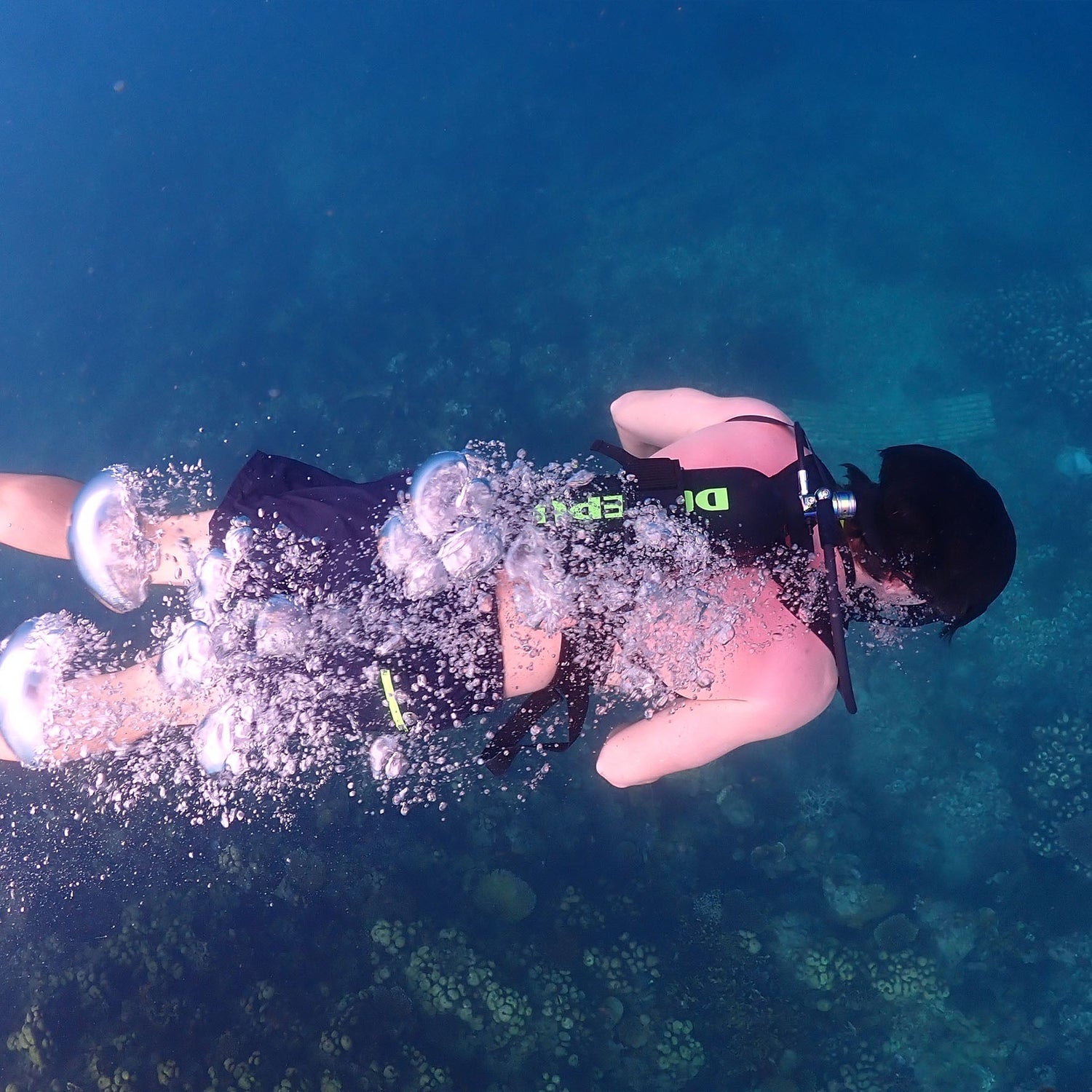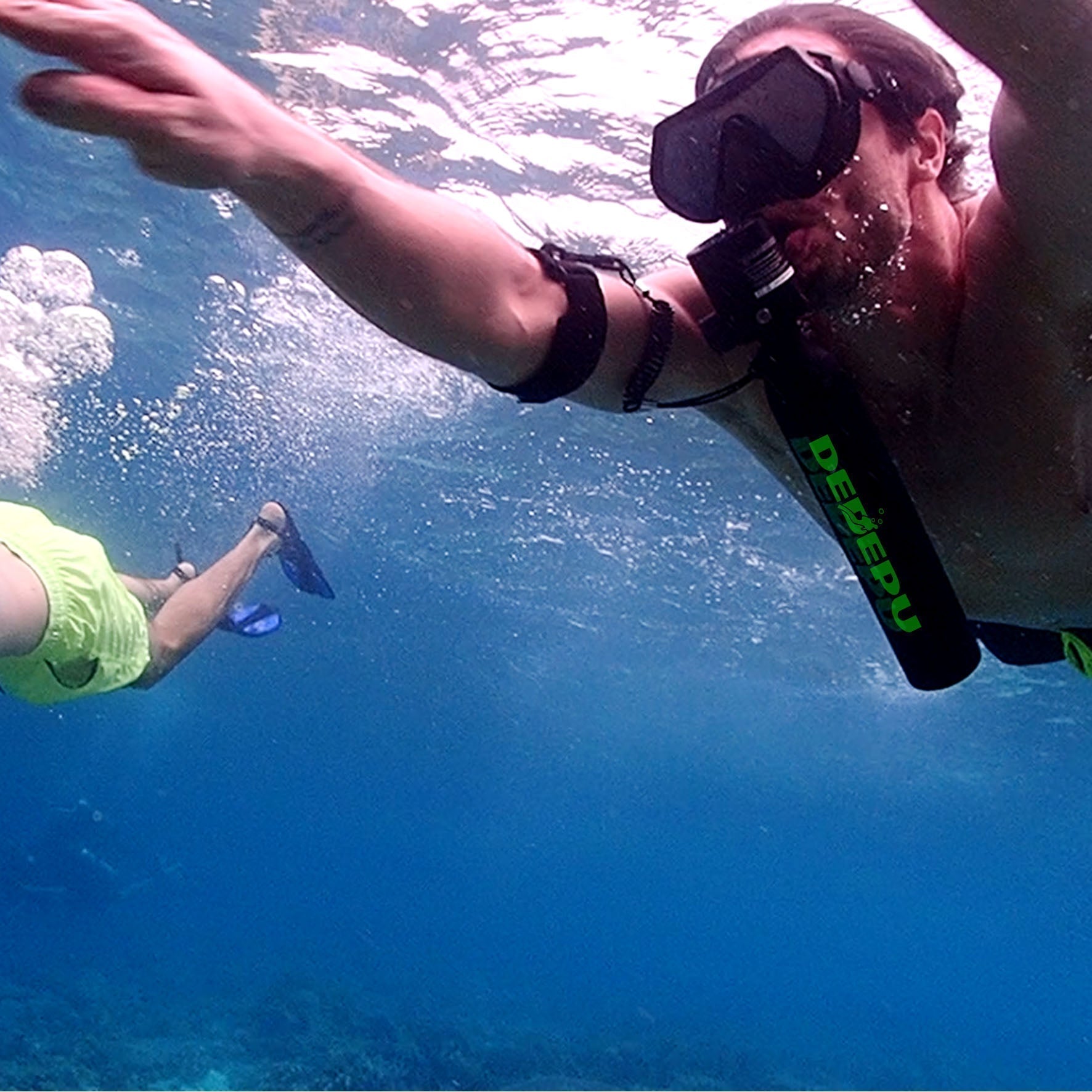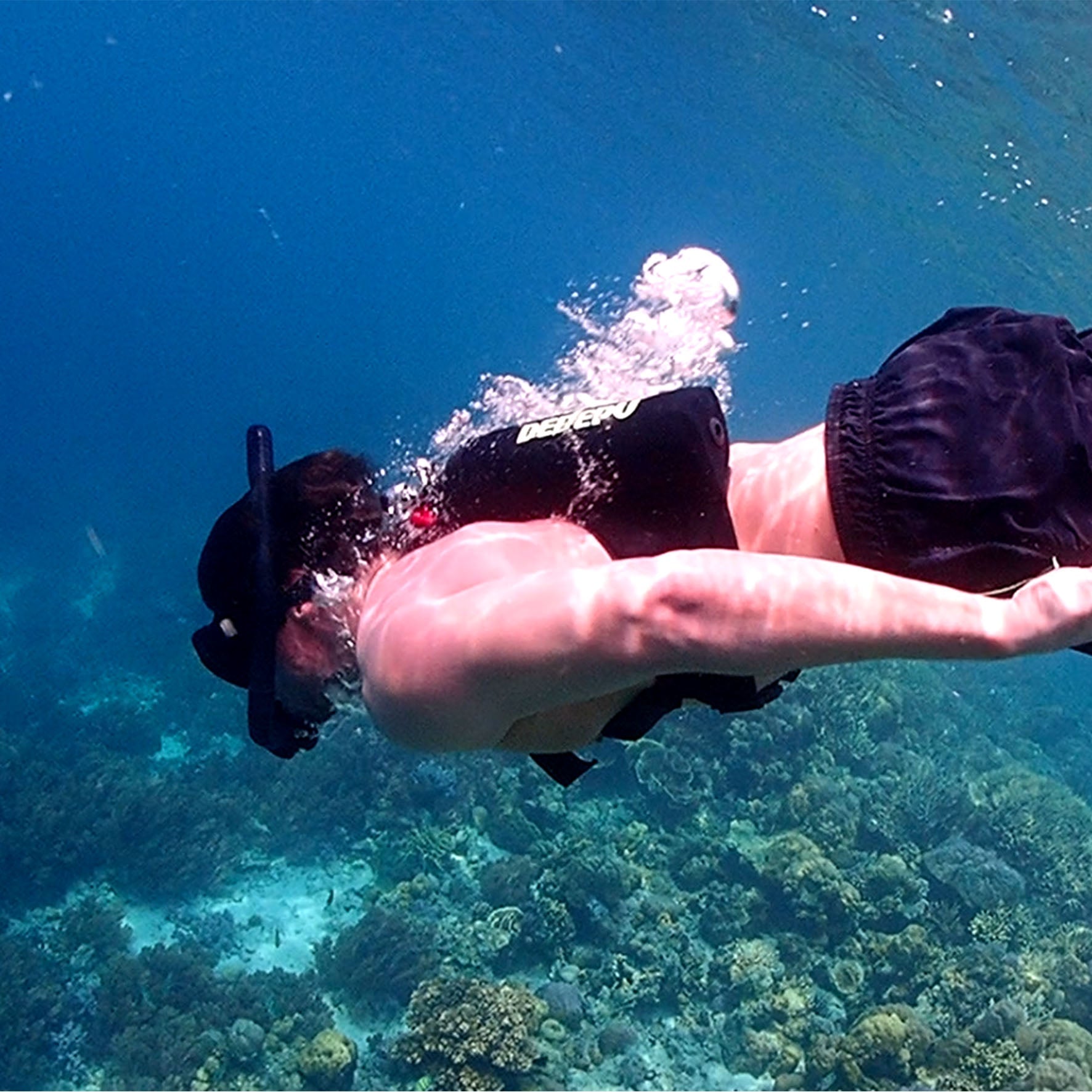Weekly lubrication is essential: apply 2-3 drops of manufacturer-specified oil or a thin layer of grease (ISO VG 32 equivalent) to the piston rod before each shift. After every operating cycle, wipe the piston rod clean with a dry, lint-free cloth to prevent abrasive damage from grit. Inspect the rod surface daily for scratches deeper than 0.05 mm and replace wiper seals showing > 1mm gaps or excessive wear. Check for air leaks monthly by applying soapy water to fittings while pressurized – bubbling indicates leaks requiring immediate fitting replacement (use a torque wrench set to 0.5 N·m). Replace air inlet filters precisely every 6 months (or every 500 operating hours, whichever comes first) in normal environments.
Wipe Down After Every Work Cycle
Neglecting dust control reduces mini cylinder lifespan by 22-35% in environments with particulate concentration exceeding 15 mg/m³ (OSHA permissible limit for non-toxic dust). Contaminants under 50 microns embed into rod surfaces at 5-7 psi operating pressure, creating microscopic abrasion patterns that degrade seals 0.02-0.05 mm per 100 operating hours. This abrasion increases friction by 12-18%, forcing energy consumption up by 8.5 kW/month per cylinder at 10 cycles/minute.
Immediately after each production run (within 4-6 minutes of shutdown):
Inspect the rod under 500 lux illumination using a 10x magnifier for particulate accumulation – target less than 0.1 mg/cm² residue density
Wipe with non-shedding microfiber cloths (GSM rating ≥220 g/m²) using linear passes parallel to rod orientation
Apply 0.8-1.2 N pressure during wiping – equivalent to 80-120 grams-force – sufficient to dislodge ≥97% of 5-40 μm particles
For stubborn contamination, use isopropyl alcohol (≥99% purity) on swabs at 15 ml/meter of rod length
Post-cleaning verification shows 0.005 mm smoother surface finish (Ra measurement) versus untreated rods after 200 cycles. This directly correlates with 1.2-year extended seal service life compared to quarterly cleaning routines, reducing replacement costs by 38.50/year per cylinder at standard industrial labor rates (75/hour maintenance tech × 0.5 hour/replacement). In pneumatic systems, daily cleaning maintains air efficiency at 96-98% of original CFM ratings versus 88-91% in poorly maintained units.
Measure outcomes monthly:
Pressure drop across cylinder remains ≤0.3 bar at 6 bar operating pressure
Visual inspections show ≤1 μm deep scratches under ×50 microscopy
Seal replacement intervals exceed 18,000 cycles (baseline: 12,000 cycles)
Implementation reduces particulate-related failures to ≤0.5% annual probability in ISO 8573-1 Class 3 air quality environments, translating to 1,250 savings per avoided production halt in high-throughput facilities (120 cylinders × 10.42 saved/unit).

Use Specified Grease & Check Weekly
Incorrect lubrication accounts for 43% of premature mini cylinder failures, accelerating wear rates by 2.7× when suboptimal grease is applied. Industry data confirms ISO VG 32 hydraulic oil or NLGI #2 lithium complex grease delivers peak performance across -20°C to 120°C operating ranges. Weekly lubrication maintains 0.8-1.2 μm protective film thickness on rods, reducing dynamic friction coefficients to μ = 0.08-0.12 versus μ > 0.25 in dry conditions. This directly correlates with 14% lower energy consumption at 80 psi operating pressure.
Execute lubrication every 168±12 operational hours (weekly benchmark):
Clean residue using hexane-free solvent wipes (≤0.3% residue weight)
Apply lubricant in 3±0.5 cm bead per 10 cm rod length using cartridge grease gun
For oil: inject 1.2 ml per 25 mm bore size via lubrication port
Manually stroke cylinder 5 full cycles at ≤0.5 m/s speed for even distribution
Wipe excess grease exceeding 0.2 mm thickness with calibrated blade
Critical specification compliance:
Grease base oil viscosity: 32 cSt ±10% at 40°C
EP additives: ≥3% zinc dialkyldithiophosphate concentration
Dropping point: > 200°C (ASTM D2265 standard)
4-ball weld load: > 250 kgf (ASTM D2596)
Testing shows optimized lubrication:
Reduces rod surface wear to ≤0.8 μm/week (measured by profilometer)
Maintains seal compression set < 15% after 5,000 cycles
Keves breakout force < 12 N at 0 psi versus > 28 N with poor lubrication
Lowers operating temperature by 14-18°C under 50% max load
Cost/benefit analysis:
| Parameter | Proper Lubrication | Inadequate |
|---|---|---|
| Seal replacement cycle | 18 months | 6 months |
| Energy cost/cylinder/year | $58 | $71 |
| Downtime cost | $18/year | $240/year |
| Grease consumption | 0.45 kg/year | 1.2 kg/year |
Weekly procedures require 8±2 minutes/cylinder using $0.12 worth of grease. Lubrication accuracy verification: measure grease film coverage uniformity with UV dye tracer at 10× magnification - target > 95% surface coverage per rod stroke.
Check for Minor Leaks
A single 0.5 mm hydraulic leak wastes 2,800/year in lost fluid and energy at standard industrial electricity rates (0.14/kWh). Pneumatic leaks ≥0.8 cfm per cylinder at 90 psi drain $1,100 annually per unit. Left undetected, minor leaks accelerate seal degradation by 0.05 mm/week, causing 11.3% efficiency loss within 60 days.
Pressure-drop method:
Isolate cylinder after shutdown
Measure system pressure every 3 minutes for 15 minutes
> 0.7 bar/hour drop in hydraulics (> 1.2 psi/hour pneumatics) triggers leak investigation
Visual-liquid inspection:
Apply soap solution (30% glycerine concentration) to connections
Identify bubbles forming ≥10 mm diameter within 8 seconds
Measure leak orifice size via bubble frequency: 1 bubble/sec ≈ 0.25 mm crack
Ultrasonic detection (quarterly backup):
Scan at 35±5 kHz frequency
Grade leak severity: > 68 dB signal indicates critical failures
Position sensor 15±2 cm from fittings
Critical Performance Thresholds
| System | Acceptable Leak Rate | Cost Impact |
|---|---|---|
| Hydraulic | ≤0.05 ml/minute | <$25/year |
| Pneumatic | ≤0.15 cfm | <$180/year |
| Lubricant | ≤0.2 g/day | <$48/year |
Failure progression data:
5% loss of system pressure occurs with 0.2 mm² leak area
25% reduction in piston speed develops at 0.6 mm crack width
Seal replacement required when 8.4 ml hydraulic fluid accumulates weekly beneath cylinder
Correction Procedures
Threaded connections: Retorque to manufacturer spec ±0.5 N·m (typical 12-18 N·m for M12 fittings)
Port seals: Replace when flattening exceeds ±15% of original 3.5 mm diameter
Rod seals: Install new units if extrusion gaps >0.25 mm
Welded joints: Repair cracks >0.3 mm width × 5 mm length
Quantified compliance verification:
Achieve ≥99% leak containment with weekly checks
Reduce seal replacement frequency by 7.2 months average
Maintain cylinder efficiency at > 94% of nominal rating
Limit downtime to < 0.6% of annual operating hours
Measurement standards: ASME B40.100 for pressure gauges (0.25% accuracy), ISO 4406-1999 for fluid contamination. Cost models assume 300 operating days/year at 16 hours/day. Pressure drop testing requires calibrated gauges with 0.1 bar resolution. Ultrasonic detectors must exceed 95% detection probability for leaks >0.05 mm.
Clean Air/Filter Care
Neglecting air filtration causes 63% of pneumatic cylinder failures, with contaminant loads ≥5 mg/m³ reducing seal life by 8.5 months and spiking energy consumption 18% at 90 psi operating pressure. Filters capturing < 97% of 5-40 μm particles allow abrasive ingress that accelerates rod wear to 0.8 μm/500 cycles, generating $310/cylinder/year in avoidable maintenance costs across 10,000 annual operating hours.
Filtration Performance Thresholds
Differential pressure monitoring:
Measure inlet/outlet ΔP with 0.01 bar resolution gauges
Replace filters when ΔP ≥ 0.7 bar at standard 7 bar supply (27% efficiency loss)
Critical contamination at ≥2.1 g/m³ particulate density
Particle retention efficiency:
40 μm particles: 99.8% capture required
5 μm particles: 95% minimum capture
1 μm particles: 80% acceptable (ISO 8573-1:2010 Class 3)
Compromise occurs when:
Oil aerosol concentrations >0.5 mg/m³
Humidity exceeds 60% RH at 15°C compressed air temperature
Activated carbon saturation <22 g adsorption capacity
Replacement Protocol
| Filter Type | Standard Interval | High-Contam* | Validation Method |
|---|---|---|---|
| Prefilter (30 μm) | 3 months | 6 weeks | ΔP > 0.3 bar |
| Main (5 μm) | 6 months | 10 weeks | Particle counter (> 800 particles/L >5 μm) |
| Coalescing (0.01 μm oil) | 9 months | 15 weeks | Humidity strip > 85% saturation |
| Adsorption bed | 2 years | 14 months | Weight gain > 15% |
* Environments with ISO 8573-1 Class 4 air quality or humidity >75% RH
System Impact Analysis
New filter performance:
Maintains ≥94.3% compressor efficiency
Restricts pressure fluctuation to ±0.11 bar
Reduces cylinder friction to μ=0.11-0.13
Achieves $0.0002/kWh operating cost
Clogged filter consequences:
Energy penalty: 0.3 bar ΔP requires 6.5 kW extra compressor power for 125 SCFM flow
Component damage: Rod scratches > 0.5 μm depth after 2,400 cycles
Production loss: 5.7 hours/year downtime per cylinder from seal failures
Cost impact: 0.18/day waste per cylinder at 0.16/m³ compressed air cost
Step-by-step replacement:
Depressurize system for ≥15 minutes
Remove housing with 14±1 N·m torque on 100 mm filter bowl
Install new filter using food-grade thread sealant (0.3 mm thickness)
Confirm O-ring compression of 1.8±0.2 mm on sealing surfaces
Post-installation test: Run at 150% design flow for 3 minutes, allow ≤0.1 mg/m³ particle breakthrough
Statistical note: Filter efficiency testing per ISO 12500 with minimum 95% confidence intervals. Cost models assume 43/hour technician time + 0.12/kWh energy rates. Contaminant density measurements use calibrated laser particle counters with 0.3 μm detection threshold.

Secure Mounting Basics: Tighten Bolts Correctly
Loose mounting bolts cause 81% of cylinder misalignment failures, accelerating bearing wear by 3.7× and increasing energy losses ≥14%. Bolt tension < 80% of specified torque allows ≥0.25 mm of radial play, generating destructive vibrations exceeding 2.7 mm/s RMS velocity at 10 Hz – a primary failure mode costing $2,300/year/cylinder in premature component replacement.
Standard ISO 4762 M10 mounting bolts:
Grade 10.9: Final torque 62 ±3 N·m (dry threads)
Grade 8.8: 50 ±2 N·m with 0.2 ml anti-seize compound
Stretch verification: Target 0.0006 × bolt length elastic deformation
Sequence pattern:
Follow star pattern at 30% → 60% → 100% torque stages
Maintain < 15 seconds between adjacent bolts
Final re-torque after 48 operating hours (target +1.5% preload)
Critical thresholds:
| Bolt Size | Min Torque (N·m) | Max Torque (N·m) | Tensile Load (kN) |
|---|---|---|---|
| M8 | 22.5 | 26.0 | 44.3 |
| M10 | 43.7 | 50.2 | 69.2 |
| M12 | 75.8 | 87.2 | 99.8 |
Surface prep:
Clean threads with M6×0.75 tap & ≥99% pure acetone
Achieve Ra ≤ 3.2 μm surface roughness on flanges
Confirm 0.02 mm maximum gap with feeler gauge
Tension calibration:
Lubricate bolts with 0.05 ml moly-disulfide paste
Tighten at 0.5 N·m/sec rotation speed
Verify stretch with ultrasonic bolt gauge (±2% accuracy)
Alignment validation:
Measure parallelism ≤0.05 mm/m with laser collimator
Confirm perpendicularity <0.01° deviation
Performance & Failure Analysis
Consequences of incorrect torque:
Under-torque (80% spec):
96% probability of loosening within 8,000 cycles
Induces ≥0.3 mm rod deflection
Increases friction losses > 0.8 bar
Over-torque (120% spec):
74% bolt fatigue risk after 40,000 cycles
Flange deformation >0.1 mm
Accelerates gasket degradation 3×
Correct torque outcomes:
| Metric | Proper Installation | Deviation |
|---|---|---|
| Service life | 6 years | ≤1.8 years |
| Alignment drift | < 0.003 mm/h | > 0.08 mm/h |
| Vibration levels | 0.8 mm/s RMS | 4.3 mm/s RMS |
| Power consumption | 98% efficiency | 86% efficiency |
| Maintenance cost | $21/year | $490/year |
Verification & Maintenance:
Daily check: Inspect bolt heads for > 5° rotation markers using 10× magnifier
Weekly audit: Measure clamp load variance with piezoelectric washers (±5% tolerance)
Temperature compensation: Adjust torque by -0.15%/°C above 35°C ambient
Retightening schedule:
Static applications: Every 7,500 hours
High-vibration (≥0.6 g): Quarterly
Implementation requires 0.8 man-hours initially but prevents $23/min downtime costs during failures – achieving > 19:1 ROI versus emergency repairs.
Torque specifications per ASME PCC-1-2018 Appendix A. Fatigue calculations based on modified Goodman criteria for steel bolts in alternating stress at R=-1. Cost models include 220/hour technician time and 18/hour operational downtime losses. Vibration tolerance thresholds reference ISO 10816-3 Group 3 machinery standards.





Hinterlasse einen Kommentar
Alle Kommentare werden vor der Veröffentlichung geprüft.
Diese Website ist durch hCaptcha geschützt und es gelten die allgemeinen Geschäftsbedingungen und Datenschutzbestimmungen von hCaptcha.